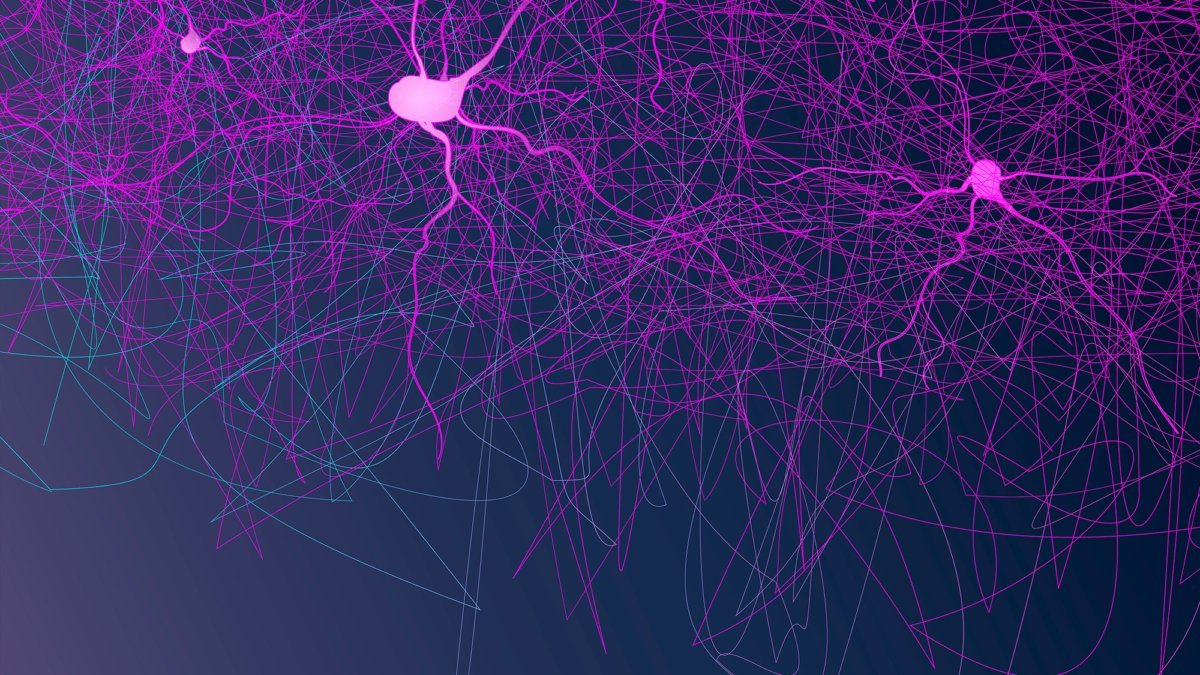How AIProfile Is Using AI Models to Reimagine Pain Processing and Neuroplasticity
The Neuroscience Behind Chronic Pain and Cognitive Imbalance
Chronic pain isn’t just a physical sensation—it’s deeply rooted in how the brain processes and regulates neurotransmitters. In neurobiology, imbalances in chemical signaling can disrupt sleep, memory, mood, and motor function. Research also points to a strong link between chronic pain and dysfunctional neurotransmission, where imbalanced neural networks affect both perception and behavior.
Studies have found that these disruptions not only impair pain regulation but also interfere with pleasure systems, leading to reduced hedonic capacity and compulsive reward-seeking. One promising theory—spike—timing—dependent Plasticity (STDP)—suggests that enhancing the brain’s inhibitory learning mechanisms may help restore normal pain response and improve neuroadaptive balance.
Chronic Pain Simulated in AI: What Artificial Neural Models Can Reveal
AIProfile explores these mechanisms by modeling chronic pain behavior within artificial neural networks. Repeated feedback can trigger unstable loops in these simulations, particularly within recurrent neural networks (RNNs) trained at high frequencies. These loops form weight attractors—fixed neural patterns that begin to dominate the system’s response.
Over time, these attractors cluster together, mimicking the neural rigidity in chronic pain conditions. This clustering reduces the model’s ability to adapt or make accurate inferences, resembling how the human brain becomes hypersensitive to pain stimuli.
Solving Neural Rigidity with the Wake-Sleep Algorithm
To address the issue of weight clustering, AIProfile is leveraging a refined wake-sleep training cycle. During the wake phase, the system undergoes training—processing data and adjusting synaptic weights. In the sleep phase, however, the system engages in “dreaming”—a generative process where specific attractor patterns are activated and analyzed.
These artificial dreams are intentionally designed to stimulate problem-prone areas of the network. By activating and observing these attractor states, the system learns to “unlearn” maladaptive feedback patterns, leading to a more balanced weight distribution during subsequent wake phases. This process mirrors how real sleep may help the human brain recalibrate emotional and sensory inputs, especially in pain processing.
Applying Artificial Insights Back to Biology
Interestingly, this method has parallels in neuroscience. Researchers suggest that similar techniques—resetting neural attractors—could help the human brain de-sensitize chronic pain, restore hedonic balance, and reestablish neurochemical stability.
By simulating this adaptive feedback loop, AIProfile’s artificial synaptic model presents a powerful new avenue for understanding and potentially managing chronic pain—not just in machines but also in the human nervous system.
Key Applications and Takeaways:
- Neurotransmitter imbalances play a central role in chronic pain and cognitive dysfunction
- Recurrent neural networks can model these imbalances through attractor clustering
- Wake-sleep algorithms offer a way to retrain AI—and potentially the brain—to avoid pain-like states
- Artificial synaptic modeling may help identify new treatment paths for pain and mood disorders
AIProfile is pioneering a new era of biologically inspired AI, using neural simulation to better understand human discomfort and ultimately design smarter, more responsive systems that reflect how the brain learns, adapts, and heals.

Add a Comment